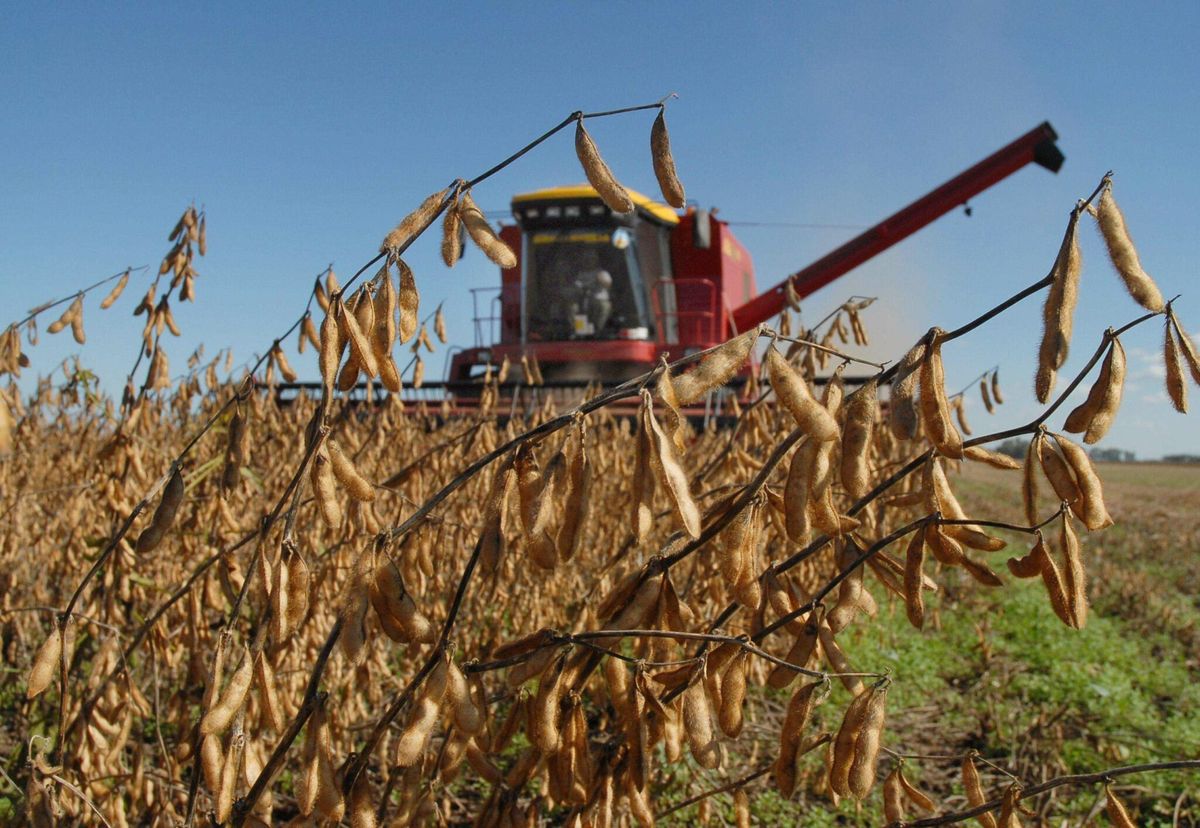2023/24 Brazil Soybeans 0.6% Harvested

Rains last week and over the weekend favored northern Mato Grosso, northern Goias, Tocantins, Bahia, and northern Minas Gerais. Dryness remains in Parana, Sao Paulo, and part of Mato Grosso do Sul. The forecast is calling for continued rains across northern Brazil and improved chances of rain in south-central Brazil.
The soybean estimate was left unchanged this week while we wait for additional harvest reports and estimates from Conab and the USDA. Conab will release their latest estimate on Wednesday, January 10th and the WASDE report will be released on Friday, January 12th. Currently, both Conab and the USDA are estimating Brazil’s soybean production at 160 to 161 million tons. They generally take a cautious approach in their January estimates and both estimates are expected to be lowered to maybe the range of 153 to 155 million tons. They will not be as low as many private estimates in Brazil.
Brazil’s soybeans are 0.6% harvested compared to 0.04% last year according to AgRural.
The harvest pace will now start to accelerate as more of the early soybeans mature. Yields of the early soybeans continue to be very low, but yields are expected to improve as the harvest moves into the later developing soybeans. The early harvest has started in Mato Grosso and some early harvesting is also being reported in Goias, Parana, and Mato Grosso do Sul.
Rainfall amounts and coverage continue to increase in Mato Grosso, which is beneficial for the later developing soybeans but they could start to delay the early harvest if they persist. The soybean harvest in the state is approximately 1-2%.
The early soybean harvest has been focused on western Parana where the yields are reported to be good. The weather in Parana during December and early January has been dryer than normal, which is negatively impacting the later developing soybeans. As of earlier last week, the Department of Rural Economics (Deral) rated the soybeans as 1% poor, 13% average, and 86% good.
In the municipality of Dr. Camargo in northwestern Parana, 20% of the soybeans are rated in poor condition with 80% in good condition, but in need of rain. The soybeans rated poor are generally those that were planted late or replanted. The better soybeans could still yield 50 to 60 sacks per hectare (44 to 53 bu/ac) if they receive timely rainfall.
In the municipality of Assis Chateaubriand in western Parana, the heavier rains ended about December 10th as the early maturing soybeans were filling pods. The hot and dry weather since then has shortened the growth cycle and 5% of the soybeans are maturing and ready for harvest. The president of the Rural Union of Assis Chateaubriand/PR is anticipating yields to be down 20% and if it stays dry until mid-January, losses could be even greater.
Soybeans in Rio Grande do Sul were 98% planted and 8% blooming as of late last week according to Emater. The only areas left to plant are generally low lying areas that were saturated by earlier heavy rainfall. Recent sunny weather has helped the crop’s development.
In the municipality of Santo Angelo in northwestern Rio Grande do Sul, farmers are just now finishing planting their 2023/24 soybeans, which is approximately 30 days later than normal. Excessive moisture during October and November kept farmers out of the field for weeks at a time. The earlier planted soybeans could still achieve a normal yield, but the more recently planted soybeans were planted outside the ideal planting window which is from October 20th to November 20th.
In the municipality of Paracatu in northwestern Minas Gerais, soybean planting started 30 days later than normal and was followed by 20 days of dry weather resulting in a lot of replanted soybeans. Soybeans that were planted later after the soil moisture improved are developing normally, at least for now. Farmers in the region are expecting a 30% reduction in their soybean yields. A local producer indicated that he normally planted safrinha corn on 50% of this soybean acreage, but this year he will plant grain sorghum on just 10% of his soybean acreage.
Read also
Wheat in Southern Brazil Impacted by Dry Weather and Frosts
Oilseed Industry. Leaders and Strategies in the Times of a Great Change
Black Sea & Danube Region: Oilseed and Vegoil Markets Within Ongoing Transfor...
Serbia. The drought will cause extremely high losses for farmers this year
2023/24 Safrinha Corn in Brazil 91% Harvested
Write to us
Our manager will contact you soon



